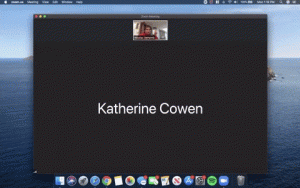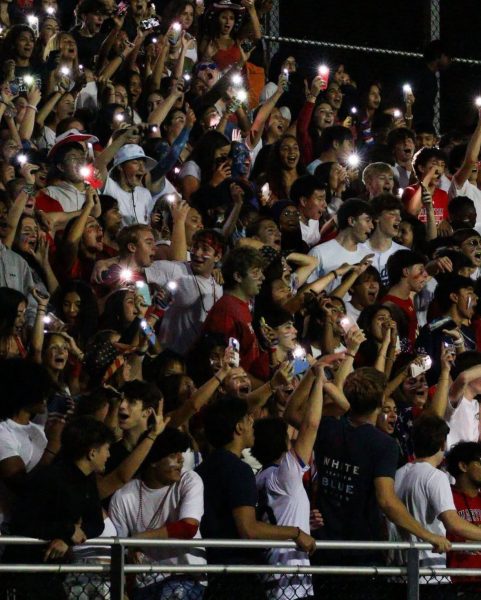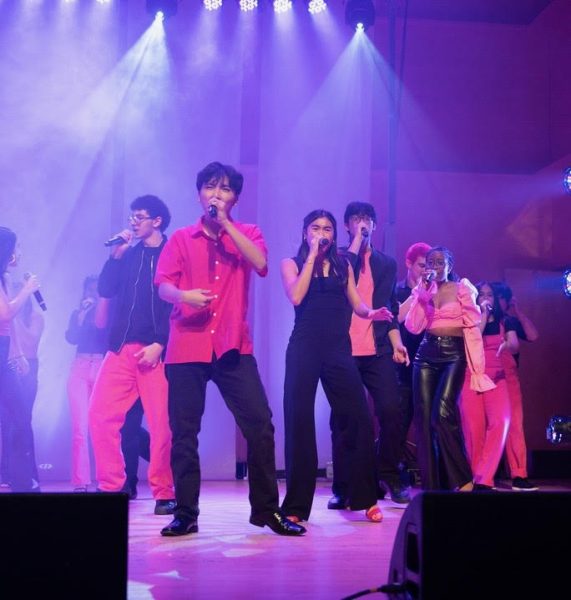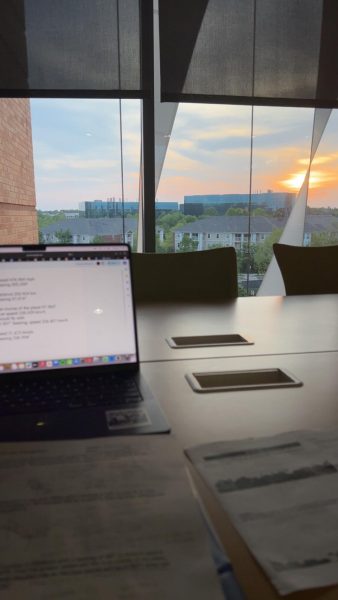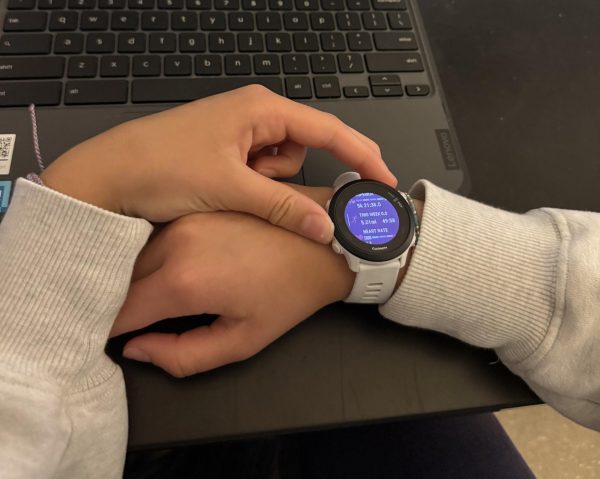Accountability versus comfortability: How strict should student camera policies be on Zoom?
Photo used with permission by google commons
The Zoom headquarters building at 55 Almaden Boulevard in San Jose, CA.
The policies of social distancing and voluntary quarantine have resulted in the necessity of distance learning using Zoom. Classes, homeroom, and any other necessary school meetings are held on this network, resulting in discussions concerning the question of whether or not students should be required to turn on their video in Zoom.
Although some may argue that students being required to turn their cameras on in Zoom is a positive change because it will allow the teacher to ensure that they are paying attention, this may still not be the case. If a student does not wish to pay attention to their class, it is easy for them to simply use the computer they are connecting to Zoom with and turn to a different page, allowing them to engage in other distracting activities. There is no foolproof way to keep a student from being distracted when they are not in the classroom
In addition, keeping one’s camera on for such a long period of time can have slight negative impacts. These are not serious, but still warrant attention. According to Dr. Scott Debb, the chair of the M.S. program in cyberpsychology at Norfolk State University, because of the limited amount of body language that can be displayed on Zoom, students will often subconsciously attempt to pay attention more to the nonverbal cues displayed by teachers and other students, resulting in an unnecessary use of mental effort being expended.
“We’re spending a lot of mental energy filling in these non-verbal blanks, and it’s using up our mental resources to pay attention, to figure out what we can contribute to the meeting,” Debb said, in an article published in the Stanford University newspaper. This can lead to an effect known as Zoom fatigue, which can have negative impacts on students’ experiences in a class.
Stanford communication professor Jeremy Bailenson reported that in studies conducted at that university, “the learners reported being very uncomfortable getting stared at for an entire lesson.”
In an article in the Wall Street Journal, Bailenson also wrote: “One [of the] stud[ies] we ran … showed that when people are exposed to large virtual faces, they flinch physically. This may be part of the reason Zoom is so exhausting—for every minute we are in Zoom, we have staring faces inches from our own. But if we move too far back from the screen, our colleagues might think we are disengaged.”
This effect, therefore, can provide a reason for some students to not want their cameras on at all times. And, during certain periods in some classes, when the students are working on their own on assignments and not participating in lectures, their cameras will not be necessary. Although there may be times such as lectures, for example, during which a teacher may find it necessary to see others’ faces in order to ensure their participation, or during a class discussion, this is not the case in all classes.
Ultimately, the best solution is not to require students to turn on their cameras in Zoom, but simply to allow each teacher to make the decision based on the situation at hand. By doing this, a compromise between ensuring participation and avoiding Zoom fatigue and uncomfortability can be achieved, allowing this school to maximize the effectiveness of distance learning, in this time of crisis.
Your donation will support the student journalists of Thomas S. Wootton High School. Your contribution will allow us to purchase equipment and cover our annual website hosting costs.
Elliot Wang is a 2021 graduate.



